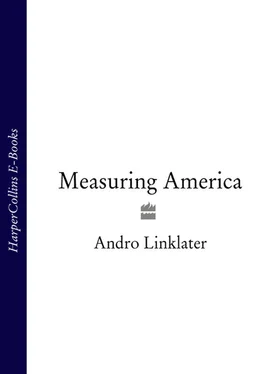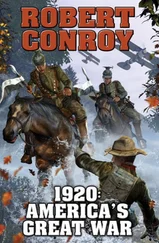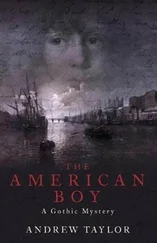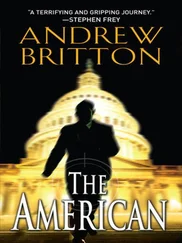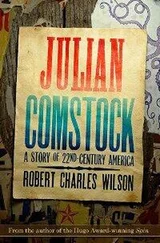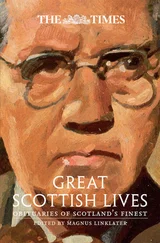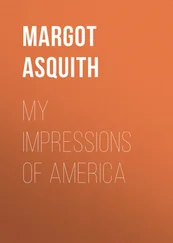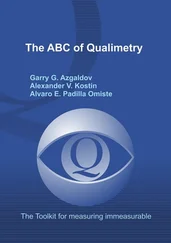1 ...8 9 10 12 13 14 ...18 In 1756, a South Carolina surveyor, John William de Brahm, was sent to build a fort at Loudon on the Little Tennessee river on the other side of the mountains, in country that still belonged to the Cherokee Indians. ‘Their vallies are of the richest soil, equal to manure itself, impossible in appearance ever to wear out,’ he reported back in admiration. ‘Should this country once come into the hands of the Europeans, they may with propriety call it the American Canaan, for it will fully answer their industry and all methods of European culture, and do as well for European produce … This country seems longing for the hands of industry to receive its hidden treasures, which nature has been collecting and toiling since the beginning ready to deliver them up.’
Control of all this desirable territory as far west as the Mississippi still remained with the French but in 1763 they were forced to cede it to the British following their defeat in the French and Indian War. Soon other surveyors took the chance to follow de Brahm. Their findings were brought together in a famous map by Thomas Hutchins, not published until 1778, but whose attractions were known a decade earlier.
On the map’s crackling parchment, the Appalachians appear as a black, impenetrable mass of cross-hatching running from the bottom left-hand corner to the top right-hand corner; but west of them are broad rivers and rolling hills denoted by lines which curl gently towards the Mississippi and are interspersed with Hutchins’ own observations in neat italic writing: ‘A rich and level country’, ‘Very large natural meadows; innumerable herds of Buffaloe, Elk, Deer, etc feed here’, and along the Wabash river, ‘Here the country is level, rich and well timber’d and abounds in very extensive meadows and savannahs; and innumerable herds of Buffaloe, Elk, Deer, etc. It yields Rye, Hemp, Pea Vine, Wild Indigo, Red & White clover etc.’
Not even the promise of dancing-girls could have inflamed the colonial appetite more than the prospect of such fertility. That the land belonged to the Cherokee, Shawnee and Six Nations was a detail that could be overcome by personal negotiation, as Judge Richard Henderson and surveyor Boone did, or by killing and terror, as numerous others did. To the planters it was obvious that, with the French claims removed, the entire area between the mountains and the river now lay open for occupation.
But ownership of land is never simple. It includes rights not just to the soil, but to the metals below, the vegetation above, the sunlight and the air; to its use, development, access and enjoyment; and to much more that, for a fee, a lawyer will reveal. Since any or all of these may be rented, leased, loaned or distributed in different ways, landed property is usually described as a bundle of legal rights which can be split up and dealt with separately. Although no one can now claim all of them outright – environmental laws and national needs limit the owner’s rights – under feudal tenure they all belonged to the King. Thus, much of the 1629 charter creating the Massachusetts Bay Company is made up of lists of different types of land, forms of ownership and the way they are to be transferred. King Charles I promises to ‘give, graunt, bargaine, sell, alien, enfeoffe, allot, assigne and confirme’ to the Company all the ‘Landes and Groundes, Place and Places, Soyles, Woods and Wood Groundes, Havens, Portes, Rivers, Waters, Mynes, Mineralls, Jurisdiccons, Rightes, Royalties, Liberties, Freedomes, Immunities, Priviledges, Franchises, Preheminences, Hereditaments, and Comodities’. Nevertheless, ultimately the land still remained the King’s, to be held by the Company ‘in free and common soccage’ – which meant that having given, granted and all the rest, the Crown retained an overriding, feudal competence over that part of America.
It was because they were part of that feudal structure that the original proprietors had charged a quit-rent in place of feudal dues. But most of the proprietors had gone now, defeated by the settlers’ uncontrollable desire for land, and the colonial legislatures, such as Virginia’s House of Burgesses, were effectively forums for the colonists’ interests. It was easy for settlers, squatters and speculators looking longingly towards the land beyond the Appalachians to forget the King’s feudal power.
Then, on 7 October 1763, came a harsh reminder of the legal reality behind American property. By royal proclamation, George III declared it ‘to be our Royal Will and Pleasure … that no Governor or Commander in Chief in any of our Colonies or Plantations in America do presume for the present, and until our further Pleasure be Known, to grant Warrants of Survey, or pass Patents for any Lands beyond the Heads or Sources of any of the Rivers which fall into the Atlantic Ocean from the West and North West’. In effect, a line had been drawn along the watershed of the Appalachians beyond which land could not be measured and owned, and everyone who had already settled west of it was commanded ‘forthwith [to] remove themselves from such settlements’.
The King had the right to order this, because legally all the land in British America was his; but it planted feudal authority full in the path of the property-seekers.
FOUR Life, Liberty and What?
THERE WERE MANY STRANDS leading to the moment when the colonists felt driven to weave their anger together into a single declaration of opposition to rule from London. The decision of the British Parliament to close the port of Boston in 1774 as punishment for the destruction of a valuable cargo of tea brought to the surface the resentment of northern merchants already burdened by duties on their goods, a general fury at the earlier killing of civilian rioters by British troops, and a pervasive fear that colonial assemblies were powerless against the King’s ministers. But that autumn, when delegates of the discontented colonists convened in Philadelphia as members of the First Continental Congress in order to articulate their grievances, it was not by chance that the first resolution they agreed was ‘That they are entitled to life, liberty, & property …’.
Here property meant more than land alone, but for Virginians especially it was land as property that they had in mind, and in particular land beyond the Appalachians. Hence the declaration of the first paragraph of the Virginia constitution, drawn up in June 1776 by George Mason, ‘That all men are by nature equally free and independent, and have certain inherent rights … namely, the enjoyment of life and liberty, with the means of acquiring and possessing property, and pursuing and obtaining happiness and safety.’ Entitlement to this sort of property was a subject on which the humblest Conestoga mule-driver was at one with the grandest planter.
Barely ten years earlier, the reaction of Colonel George Washington to the royal veto on the acquisition of land beyond the mountains could have served as a warning of what was to come. There had been no more loyal and energetic commander in the French and Indian War, but the Colonel was also a Virginian planter and land speculator, and his views were widely shared.
‘I can never look upon the Proclamation in any other light (but this I say between ourselves) than as a temporary expedient to quiet the minds of the Indians,’ Washington wrote in 1767 to his colleague and fellow-surveyor Colonel William Crawford. ‘It must fall, of course, in a few years, especially when those Indians consent to our occupying those lands. Any person who neglects hunting out good lands, and in some measure marking and distinguishing them for his own in order to keep others from settling them, will never regain it.’
George Washington was not a man to be deflected even by his sovereign’s express command, although as a serving officer he deemed it best to be discreet. ‘If you will be at the trouble of seeking out the lands,’ he continued to Crawford, ‘I will take upon me the part of securing them, as soon as there is a possibility of doing it and will, moreover, be at all the cost and charges of surveying and patenting the same … By this time it will be easy for you to discover that my plan is to secure a good deal of land. You will consequently come in for a handsome quantity.’
Читать дальше
